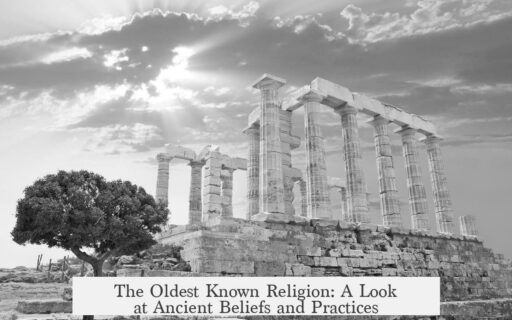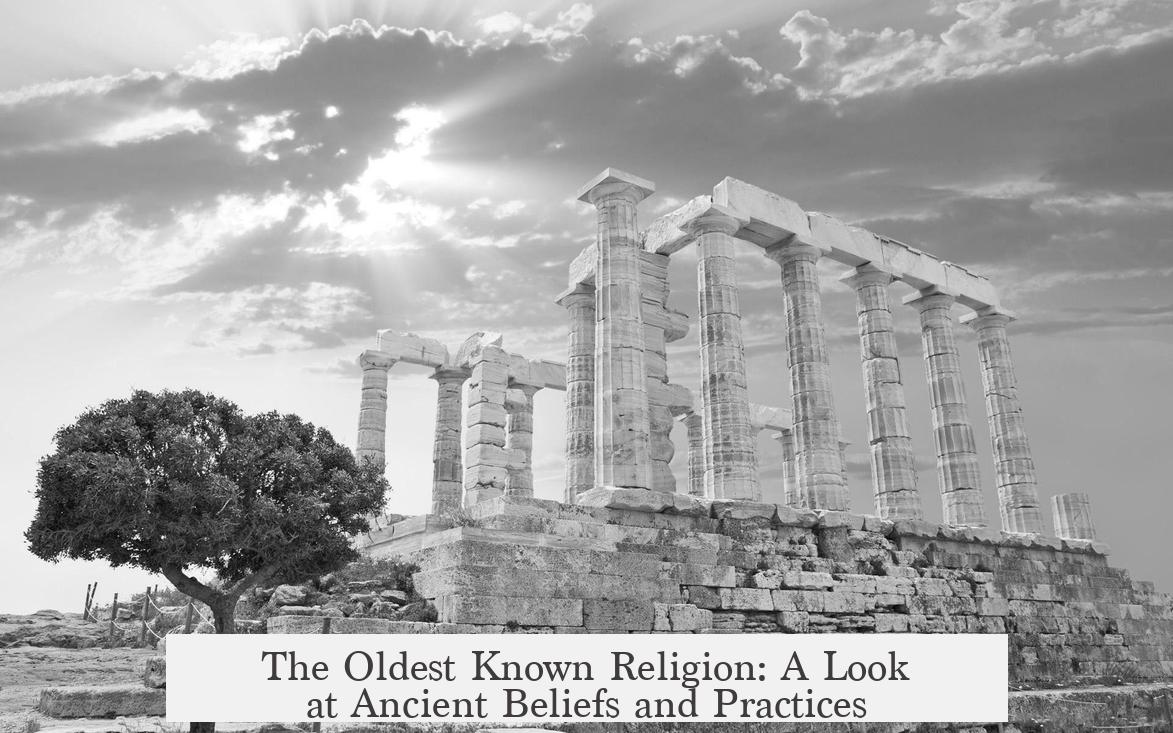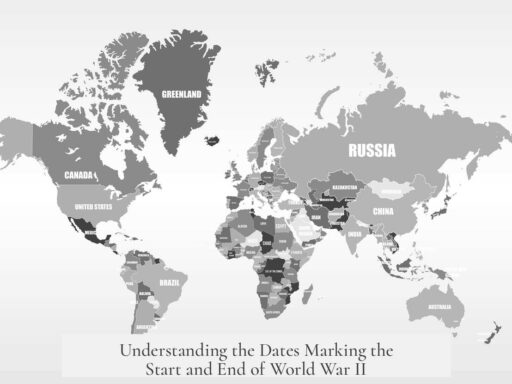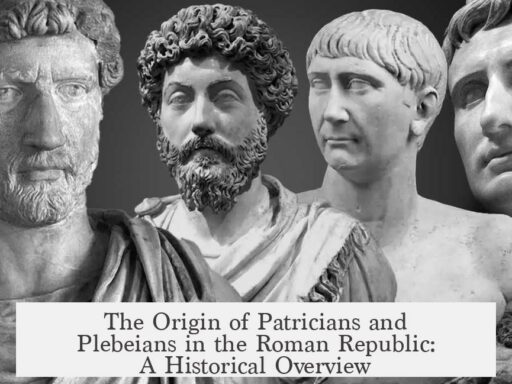The oldest known religion cannot be named definitively because it depends on how we define religion and what evidence we accept. Archaeological and anthropological findings provide hints, but no conclusive proof identifies a singular, oldest religion.
Intentional burial is one of the earliest indicators linked to religious or spiritual belief. Evidence shows that hominids practiced intentional disposal of remains roughly 1.5 million years ago. Yet, these practices lack clear signs of ritual or religious intent, such as grave goods or symbolic decorations.
In later periods, between 90,000 and 300,000 years ago, intentional burials become more evident, sometimes accompanied by items like flowers or red ochre. This suggests possible concepts of an afterlife or spiritual beliefs. However, without writing or clear records, interpreting these burials as religious remains speculative.
More tangible evidence of organized religion appears at Göbekli Tepe in modern-day Turkey. This archaeological site dates back about 12,000 years, predating writing by some 7,000 years. Göbekli Tepe features large, carefully carved stone pillars arranged in complex patterns. Scholars view it as the earliest major temple complex, indicating collective religious activity.
Göbekli Tepe reshapes understanding of religion’s role in human society. Some theories propose that religious gatherings encouraged agricultural development rather than agriculture spurring religious complexity. The site signals increasingly organized and symbolic religious expression, but its precise beliefs remain unknown due to lack of written records.
The invention of writing around 5,000 years ago offers clearer insight into early religion. The earliest written religious texts come from Sumer in Mesopotamia. Documents such as the Kesh Temple Hymn (~2600 BCE) reveal worship of gods like Enlil, the wind god, and Nidaba, the goddess of writing and harvest. Another example is “The Exaltation of Inana” (~2300 BCE), composed by Enheduanna, a significant priestess and daughter of Sargon the Great.
Sumerian deities like Inanna, associated with fertility, war, and patronage of the city Uruk, also appear in earlier artifacts from the 4th millennium BCE, such as the Warka Vase. This implies elaborate religious systems with deity worship existed well before full writing systems evolved. These texts provide the earliest comprehensive accounts of religious beliefs.
Before the emergence of structured temple complexes and writing, smaller ritual objects and symbols offer hints of spiritual life. Venus figurines, such as the Venus of Willendorf (over 25,000 years old), are often interpreted as fertility symbols. Limiting interpretation is difficult, as alternative explanations like decorative or playful purposes cannot be ruled out.
Similarly, forms like the “Venus of Tan-Tan,” dating back hundreds of thousands of years, raise questions about how to identify ritual significance in prehistoric objects. Without clear contextual clues, the nature of such items remains open. Scholars caution against over-interpreting artifacts without confirming evidence.
In terms of religions still practiced today, Hinduism claims the longest continuous tradition. Indications trace Hindu religious practices back to approximately 5,500 BCE. Judaism and Zoroastrianism are also among the oldest surviving religions, though modern forms differ from ancient variants.
Non-written religions also contribute to the understanding of ancient spiritual practices. African Bushmen’s oral traditions, known as “The Old Way,” reflect religious narratives passed down without writing. Such belief systems likely extend back tens of thousands of years, illustrating that religion need not be codified in text to exist meaningfully.
The challenge in answering “What is the oldest known religion?” lies in defining religion itself. Religion can be broadly described as a set of beliefs involving the supernatural, ritual, or transcendence. Interpretation depends on the archaeological record, which rarely preserves beliefs directly. Objects or conduct could be religious, symbolic, or purely practical.
| Evidence Type | Age (approx.) | Details | Reliability as “Religion” |
|---|---|---|---|
| Intentional Burial | 1.5 million – 90,000 BP | Hominid remains arranged or buried carefully | Disputed; no clear ritual markers |
| Monumental Temple (Göbekli Tepe) | ~12,000 years ago | Carved stone pillars, organized religious site | Strong evidence of religious activity |
| Written Texts (Sumer) | ~5,000 years ago | Hymns, prayers, detailed deity worship | First comprehensive record of religion |
| Ritual Objects (Venus Figurines) | ~25,000 years ago | Figurines possibly linked to fertility | Probable ritual but uncertain |
In sum:
- Religion likely originated long before recorded history, with traces in burial and symbolic behavior.
- Göbekli Tepe is the earliest known site showing organized religious structure.
- Sumerian texts provide the first detailed descriptions of religious belief systems.
- Interpretation of prehistoric ritual is difficult without written or explicit context.
- The oldest continuous religious traditions include Hinduism, Judaism, and Zoroastrianism with deep historical roots.
- Oral traditions illustrate that religion can thrive without written evidence.




